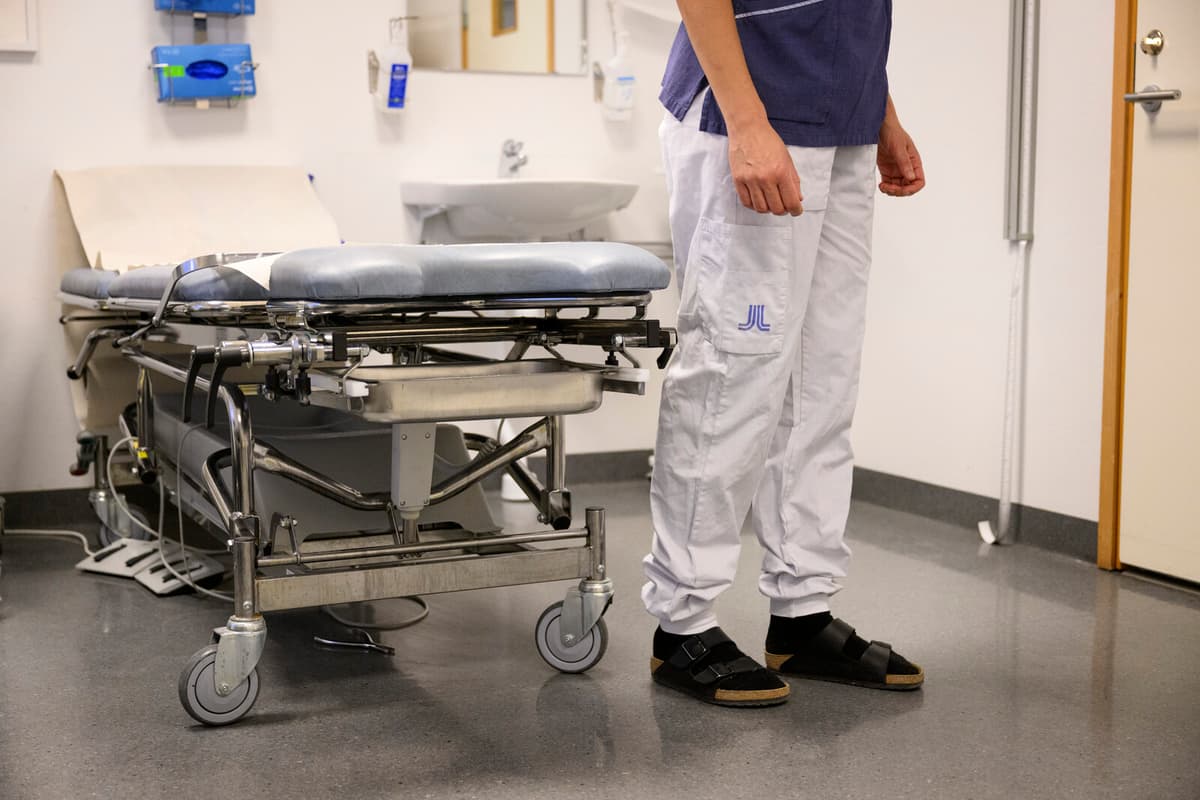Diseases such as heart attack and stroke have decreased over time and mortality has gone down. In 2008, approximately 34,000 people suffered from heart attack and 30 percent of them died. In 2022, the corresponding figures were approximately 22,000 and 21 percent.
The decreases are due to a combination of better living habits among the population, more preventive treatment, and medical advancements.
Even cancer mortality has decreased. The 10-year survival rate for breast cancer has increased from 58 percent in 1980 to 88 percent in 2022. The corresponding increase for prostate cancer is from 33 to 85 percent.
One area where development is going in the wrong direction is waiting times for healthcare. Although accessibility to medical assessment in primary care has improved, 91 percent of patients received assessment in accordance with the care guarantee in July, the queues are growing in other areas of care.
Many diseases that were fatal 20-30 years ago can be treated today, which is a contributing factor to the population becoming older.
"It's a fantastic development, but it has created a paradox where better care leads to increased care needs, and it's a situation that requires new ways of working for us to be able to handle it," says Johan Kaarme, head of SKR's healthcare and care division, in a press release.





